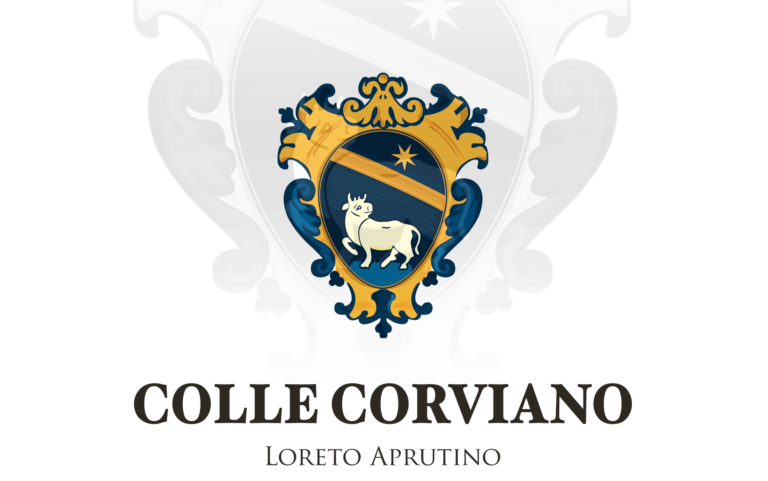
THE PEOPLE

THE FASCINATING CONTRAST OF A BICULTURAL FAMILY.
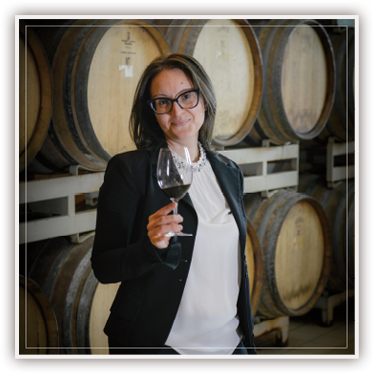
ANTONELLA DI TONNO
Native, Uncontaminated, Versatile with an incredible sense of hospitality. From a family that has always sought excellence in their food and in their relationship to nature in Abruzzo, at the heart of the Italian peninsula. Trouble-shooter by nature, she strives for excellence in her life, eco-system, estate and product. A missed mathematician that is stimulated in understanding the interaction of man and machine and the use of automatization in all processes. Man thinks and machine implements. Constantly seeking to produce that perfect bottle of wine to drink with her children when they will turn of age and with her parents that are straight-edged (non-drinkers). People would be surprised by her sensitivity.
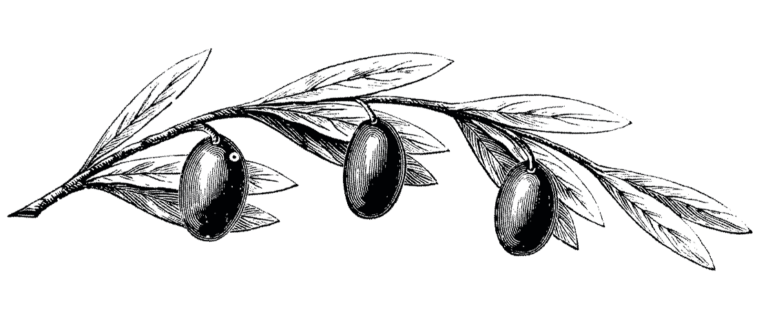
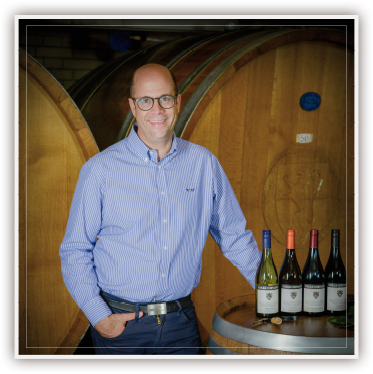
RODRIGO REDMONT
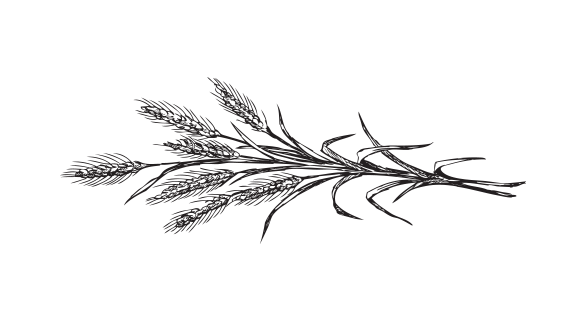
Drawn by the extraordinary potential of this region and bonded by their common aspirations, today they are one family that operates and manages the estate.
THE ABRUZZO REGION

The Abruzzo region needs to be discovered: Intact and unknown, it offers unique characteristics blending Nature, Art and History. Firstly Nature: The Sea, the beaches, the mountains and national parks position the region on the pinnacle for green vacationing, retirement destinations.
Located only 2 hours from Rome, few are aware of the fact that it holds the lowest percentage of tumor related deaths, that it is the greenest region of Europe with over a third of the region covered in 4 National Parks and Reserves. In addition to this Natural frame, thousands of castles and abbeys together with the enogastronomical culture of this region including the leading pasta producers of Italy and the world. Abruzzo is one of the few parts of Europe still spared the influx of mass tourism and industry.
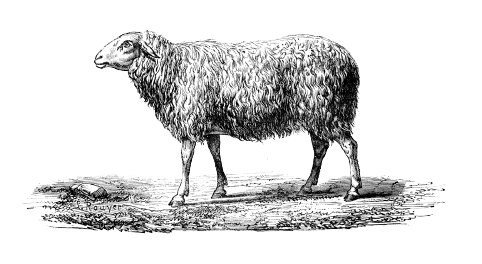
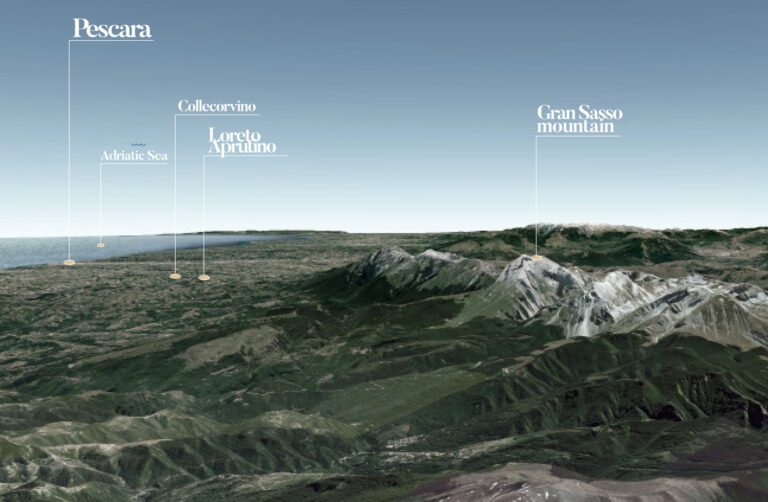
LORETO APRUTINO

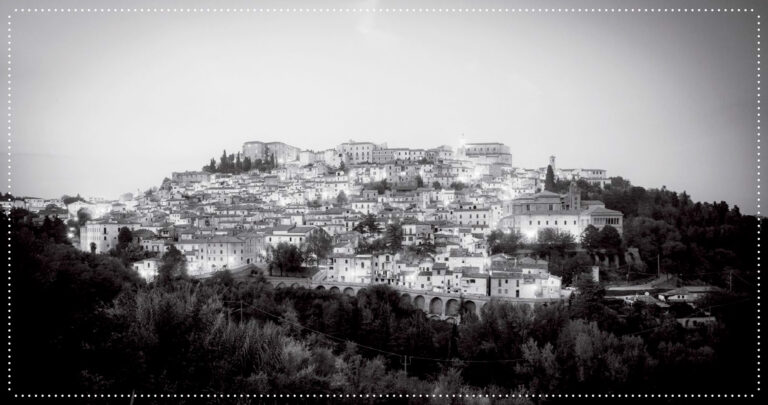
COLLECORVINO

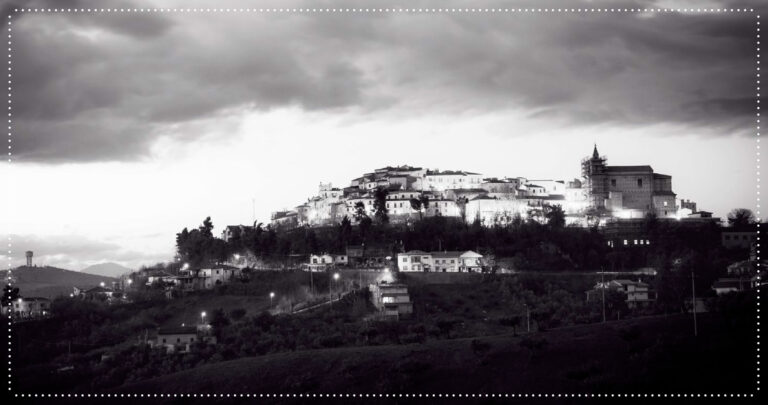

BLOCK SELECTION


VINIFICATION

• HYPER-REDUCTION •
• MICRO-OXYGENATION •
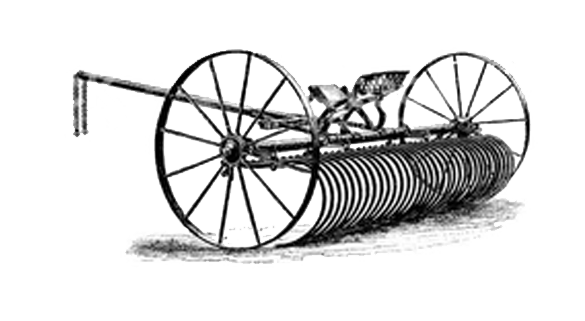
OUR SOIL TYPE

A wine’s characteristics is heavily influenced by the soil in which a grape variety may be planted. The diversity in soil composition, such as that with varying levels of limestone, skeleton, clay, silt or sand, will directly affect the organoleptic qualities of any wine, including ours, in terms of color, smell or taste. After all, soil, is an integral and essential part of the “terroir” concept. When associated to our environment and climate, it contributes strongly to producing unique wines, unrepeatable elsewhere.
During the Pliocene epoch our region consisted essentially of a sea bordering the young Apennine mountains. From the top of these mountains, the rivers, such as the Tavo carried debris that it deposited on our hills, including initially refined clays, and subsequently silt and sand. Subsequently, during the Pleistocene epoch, characterized by glaciation, our area was definitely formed modeled almost permanently under the influence of glaciers and with the further engraving of the valleys defined by powerful rivers. Geographically speaking, the villages of Loreto Aprution and Collecorvino are located to the left of the Valley of Tavo, with land extending from 150 to 350 meters above sea level.
OUR SUSTAINABILITY PROTOCOL

• WATER EFFICIENCY •
• ENERGY EFFICIENCY •
• PEST MANAGEMENT •
• SOIL HEALTH •
• WASTE MANAGEMENT •
• COMMUNITY BUILDING •
• EMPLOYEE SATISFACTION •
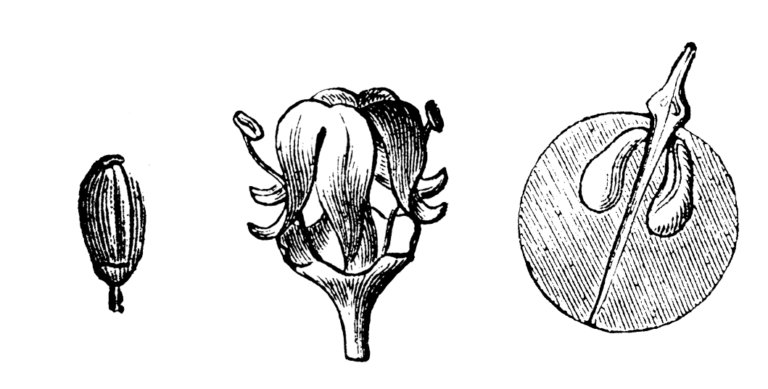
THE VARIETALS

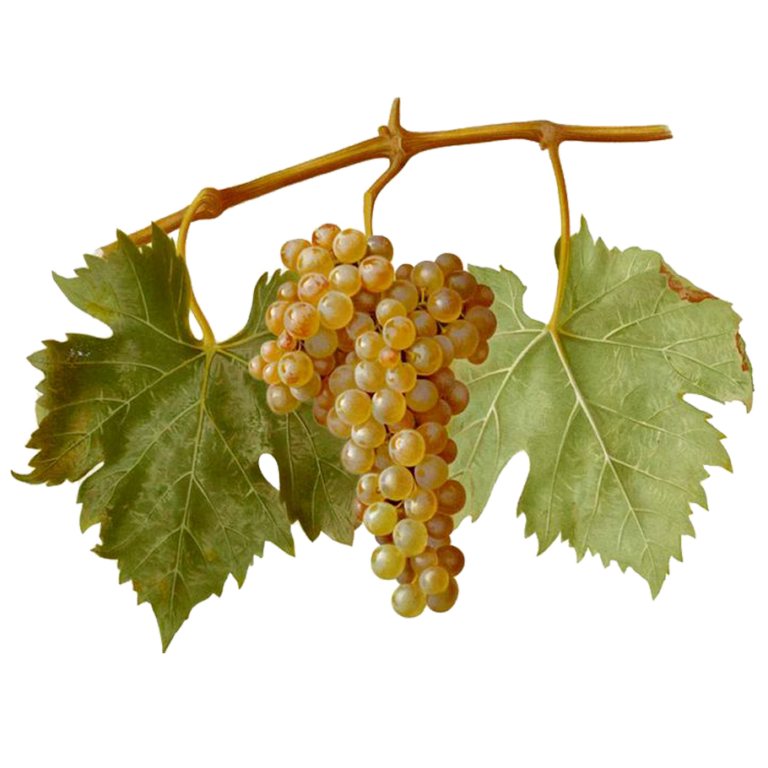
TREBBIANO
PECORINO
Pecorino is a light-skinned wine grape used in Italy‘s eastern coastal regions, particularly in Abruzzo. Cultivated for hundreds of years, its low yields saw it replaced by more-productive grape varieties like Trebbiano until thought extinct. The grape is so called supposedly because it was a favorite treat for flocks of sheep driven to lower pastures.
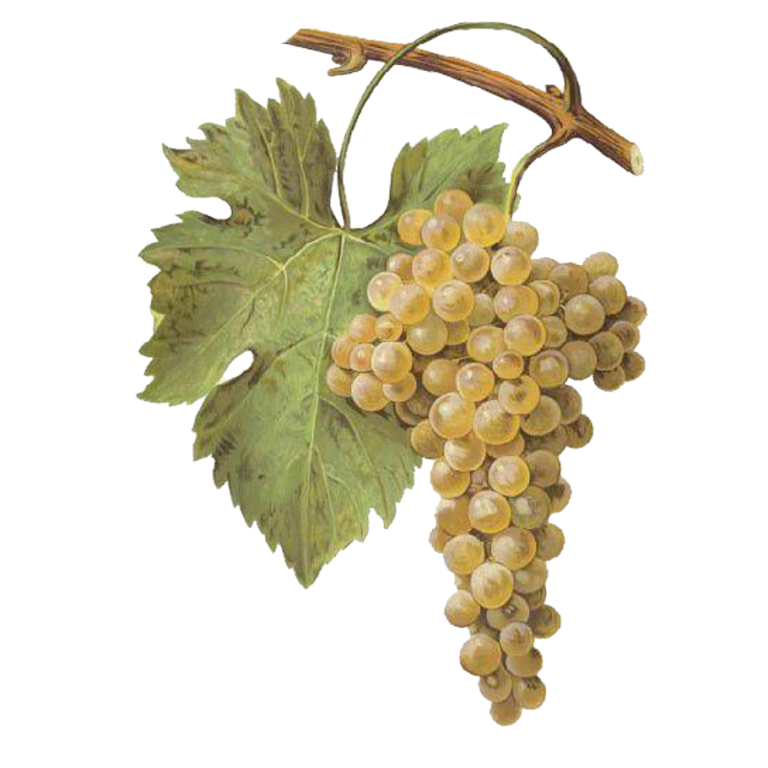
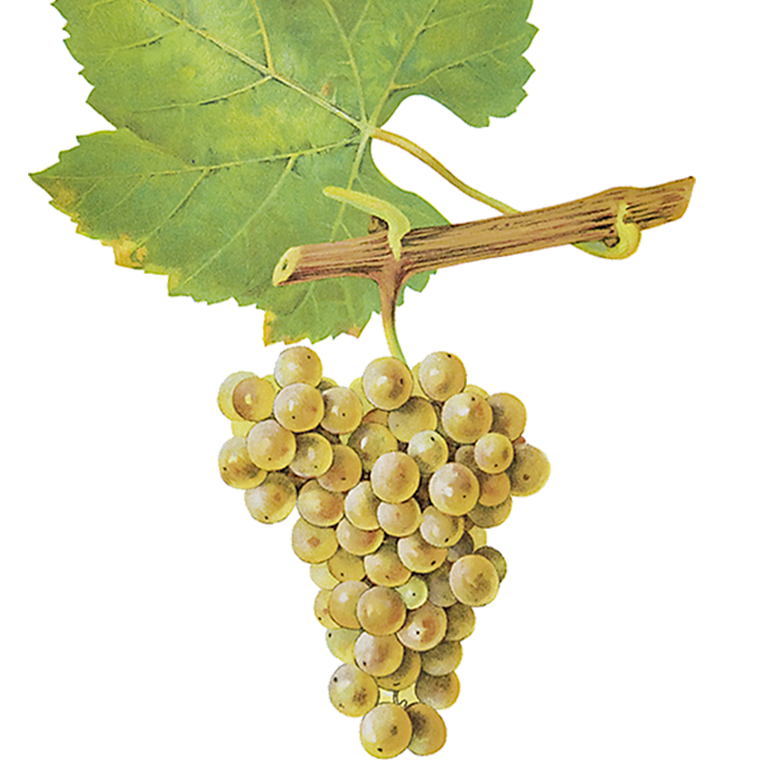
CHARDONNAY
Undoubtedly the most famous vine variety of all, Chardonnay, is widely grown in the world. In Abruzzo, it has been cultivated on limestone soils for over 350 years. Since limestone is primarily the remains of sea-life, accumulated over millennia where ancient seas used to reside, you’re literally sampling our history with every sip!
PINOT GRIGIO
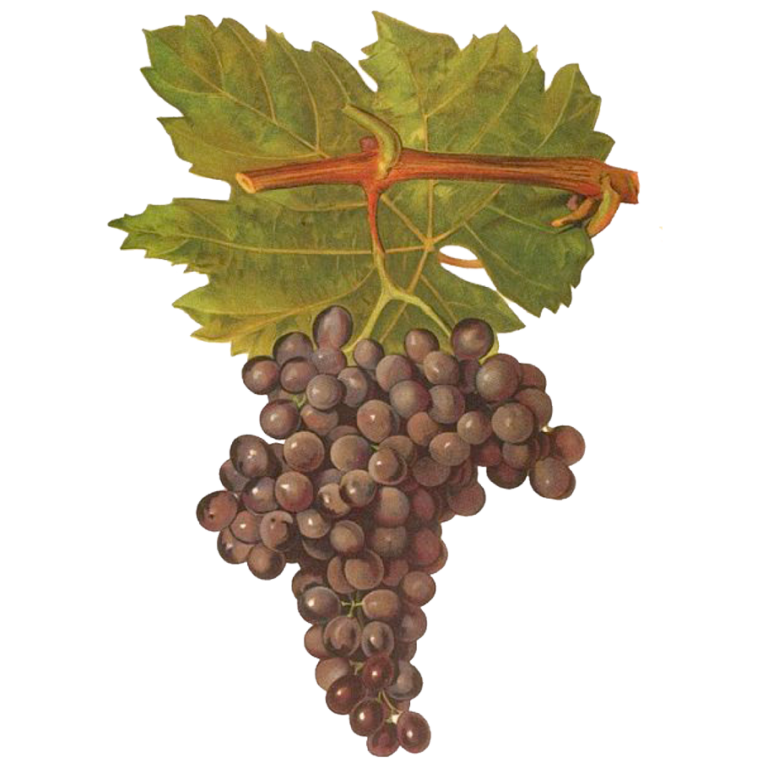
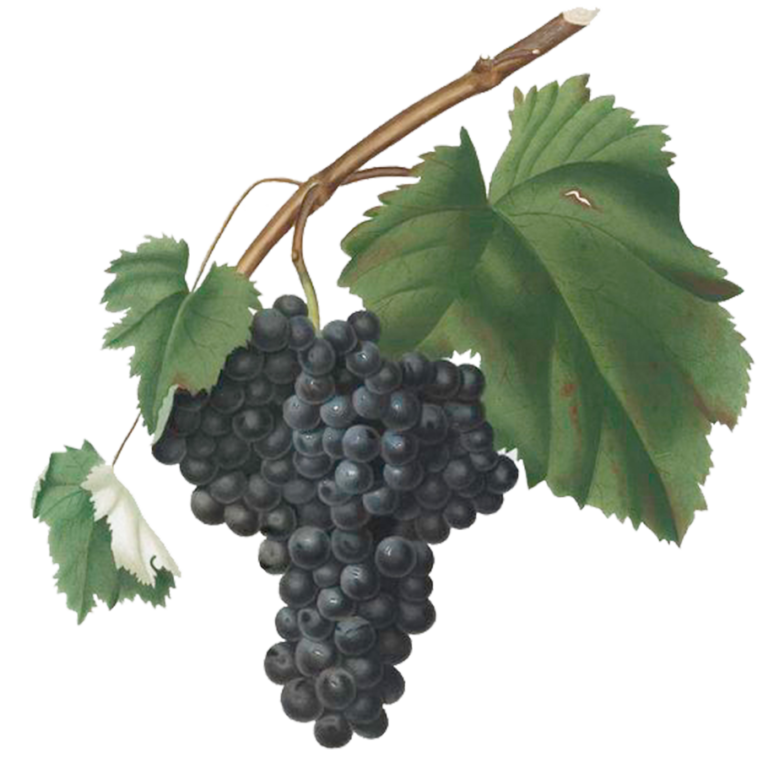
SANGIOVESE
MONTEPULCIANO
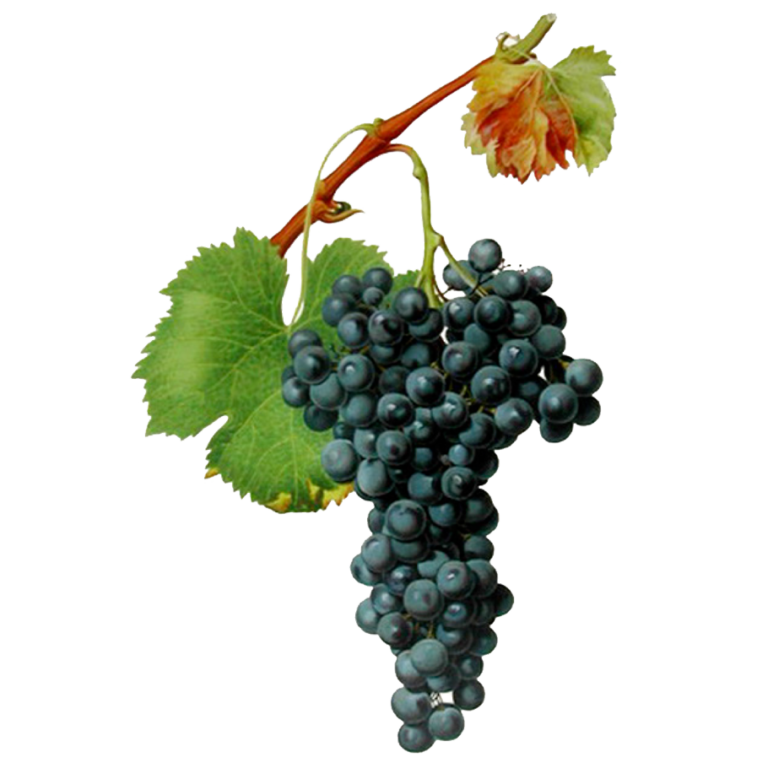
WINES

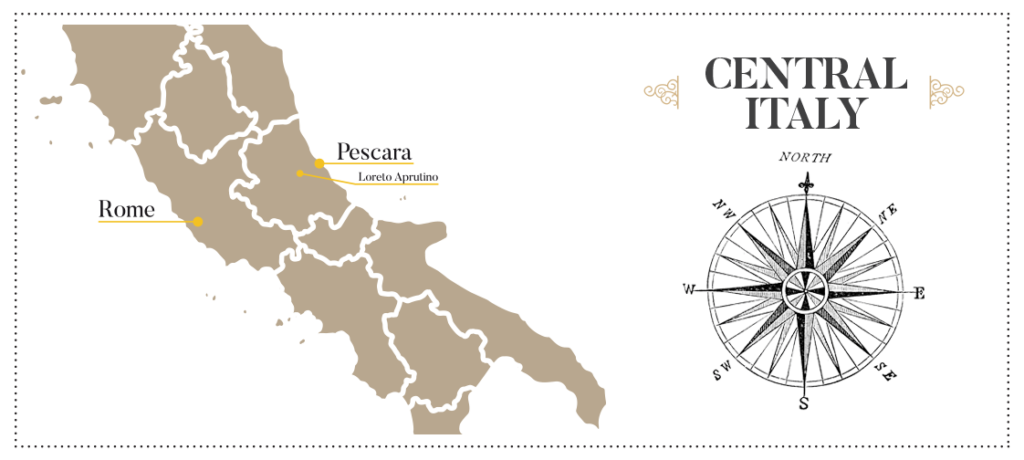

Copyright 2021 Colle Corviano
![]() A CAMPAIGN FINANCED ACCORDING TO EC REGULATION N. 1308/13
A CAMPAIGN FINANCED ACCORDING TO EC REGULATION N. 1308/13










